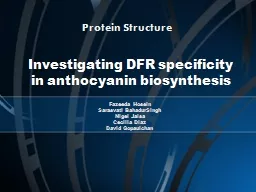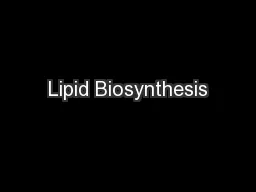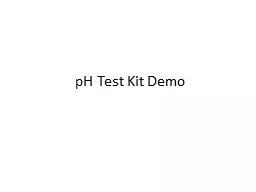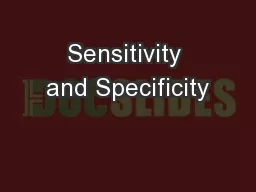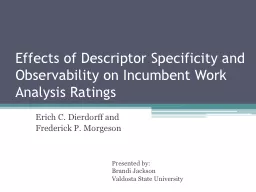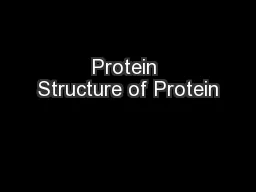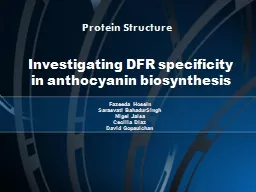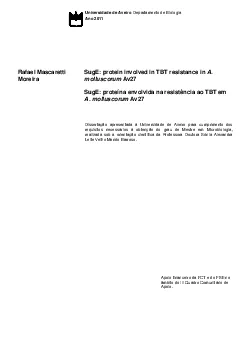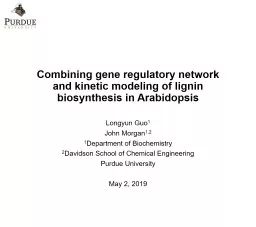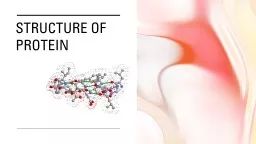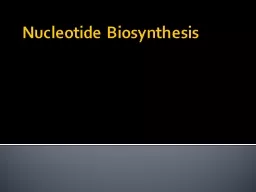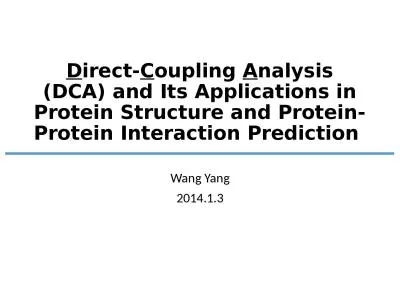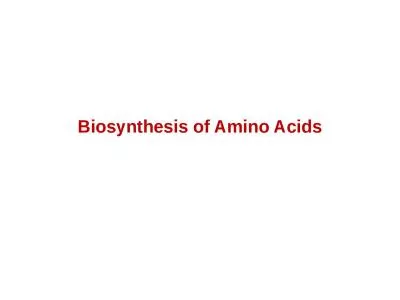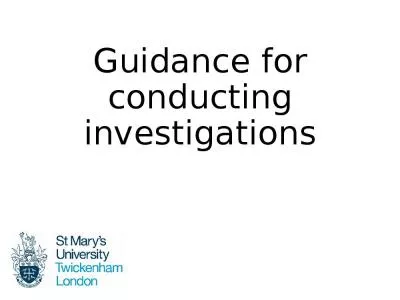PPT-Protein Structure Investigating DFR specificity in anthocyanin biosynthesis
Author : luanne-stotts | Published Date : 2020-04-03
Fazeeda Hosein Sarasvati BahadurSingh Nigel Jalsa Cecilia Diaz David Gopaulchan Introduction Anthocyanins are watersoluble vacuolar pigments Occur in all tissues of
Presentation Embed Code
Download Presentation
Download Presentation The PPT/PDF document " Protein Structure Investigating DFR spe..." is the property of its rightful owner. Permission is granted to download and print the materials on this website for personal, non-commercial use only, and to display it on your personal computer provided you do not modify the materials and that you retain all copyright notices contained in the materials. By downloading content from our website, you accept the terms of this agreement.
Protein Structure Investigating DFR specificity in anthocyanin biosynthesis : Transcript
Download Rules Of Document
" Protein Structure Investigating DFR specificity in anthocyanin biosynthesis "The content belongs to its owner. You may download and print it for personal use, without modification, and keep all copyright notices. By downloading, you agree to these terms.
Related Documents

